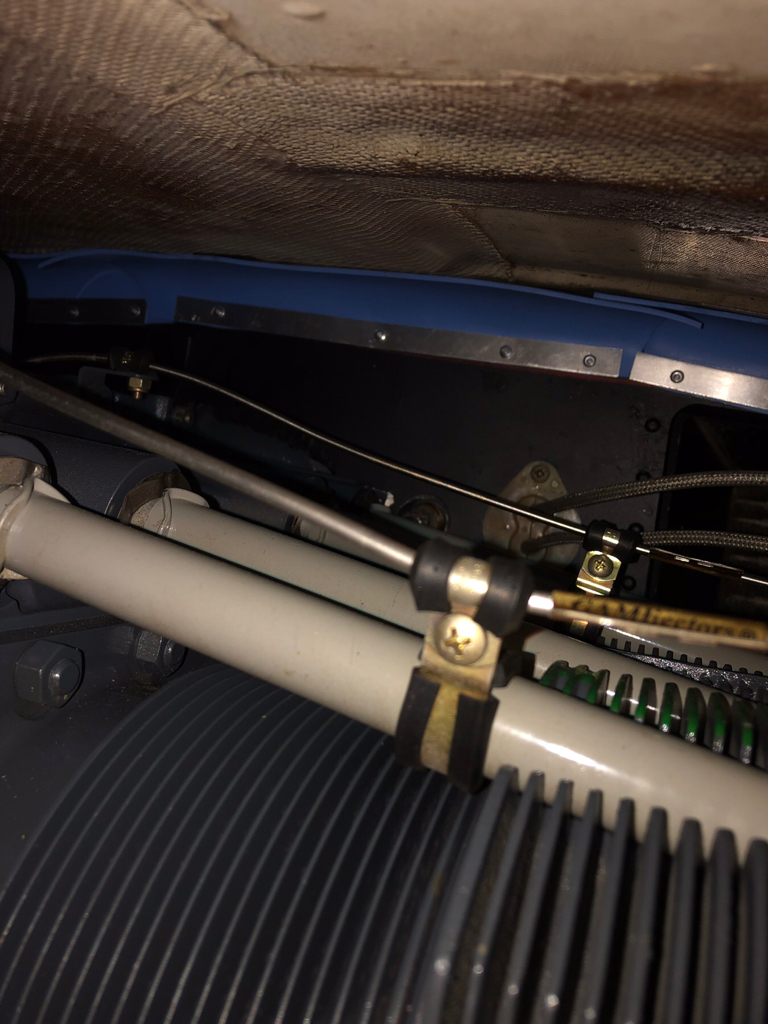Hi All,
In the quest to keep my oil temp in my 0-300 powered 172 in check on these 100 degree days, I took a good look at my baffling today and noticed a couple things. Pictures are attached here to show what I'm looking at as best I could get them with my phone stuck inside the cowl. On the pilot's side, I see a couple small folds and one beam that appears to be pushing down on the baffles, preventing a seal. On the co-pilots side, I have about a 1/4" gap running along the corner of the cowling. Are these gaps worth looking into? I've also attached a photo of my air filter box, as it has about a 1/2" gap all around it that I'm thinking may be putting higher pressure into the bottom cowl. Would you take the time to re-do any of these?
In the quest to keep my oil temp in my 0-300 powered 172 in check on these 100 degree days, I took a good look at my baffling today and noticed a couple things. Pictures are attached here to show what I'm looking at as best I could get them with my phone stuck inside the cowl. On the pilot's side, I see a couple small folds and one beam that appears to be pushing down on the baffles, preventing a seal. On the co-pilots side, I have about a 1/4" gap running along the corner of the cowling. Are these gaps worth looking into? I've also attached a photo of my air filter box, as it has about a 1/2" gap all around it that I'm thinking may be putting higher pressure into the bottom cowl. Would you take the time to re-do any of these?




